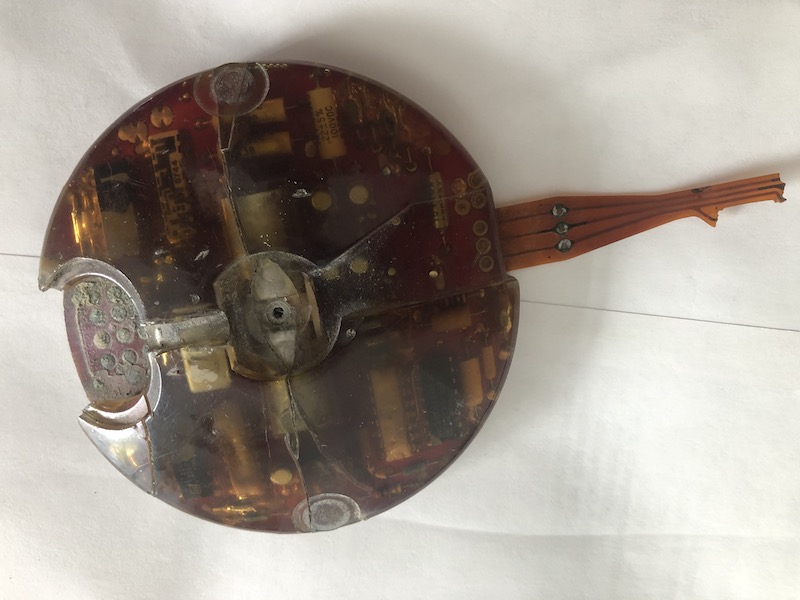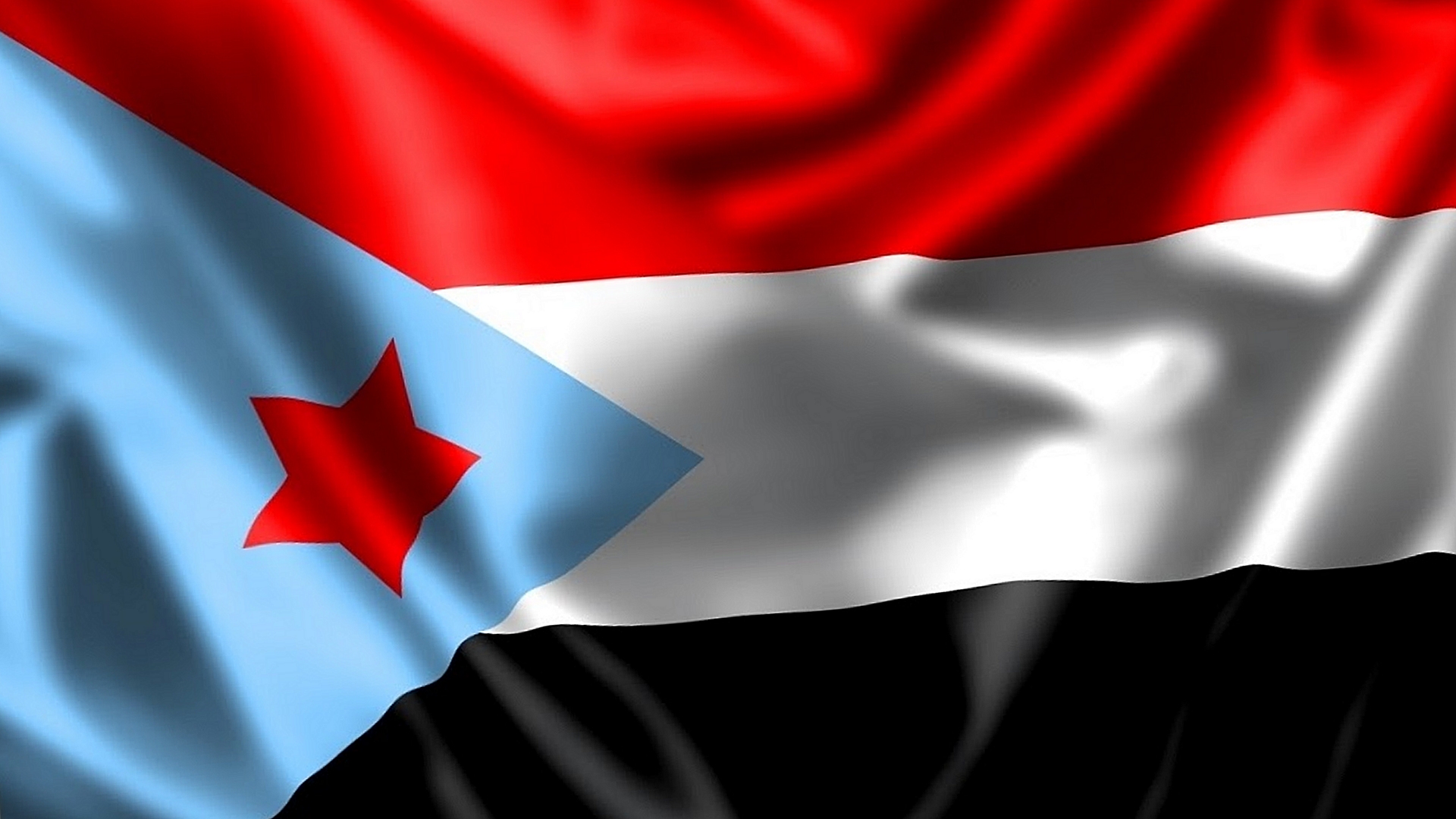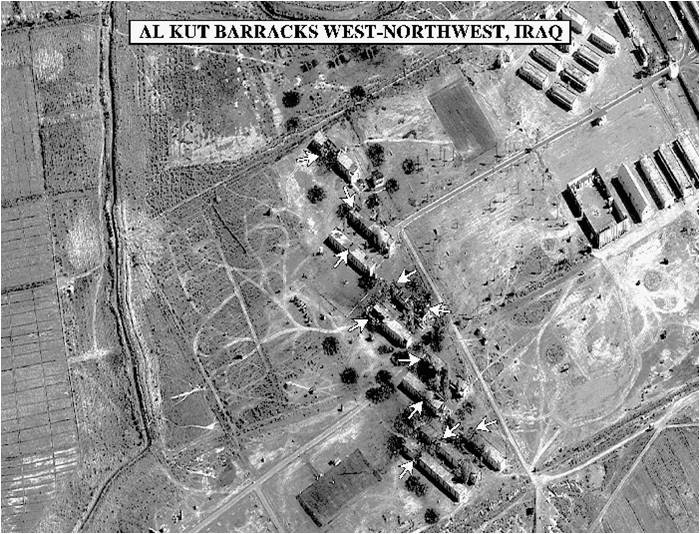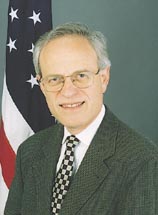
Just days before Bill Clinton takes office as president, 46 Tomahawk sea-launched cruise missiles are used to attack supposed WMD-related buildings around Baghdad after Iraq refuses to cooperate with U.N. inspectors.
One missile reportedly veers off course and hits the Al-Rasheed Hotel, the main hotel used by diplomats and VIP visitors to the country, killing two, according to Iraqi officials. A mosaic depicting President George H.W. Bush is installed at the entrance the lobby, forcing visitors to walk over his face to enter the hotel.
It’s funny that George Bush the son would later come into office with a bad taste in his mouth about the promiscuous use of cruise missiles by Clinton, that such attacks were just “swatting at flies” and “pounding sand,” even though his father was the originator of a tactic that now—with drones and hyper-accurate weapons and perpetual war placing U.S. aircraft globally—seems so obsolete.
By the way, I visited the “Museum of the Aggression” in Baghdad just weeks later, where parts of the Tomahawk missiles used in the attack were on display. The most intriguing was the “brain” of the missile seeker, with Texas Instruments circuitry visible. I “obtained” the piece and later showed it during a talk I gave at the Naval War College. Naval Investigative Service agents then arrived at my office in Washington demanding that I give the part back. I declined to turn it over and told them that they should be glad that I had it and not the Russians. It all seems so long ago.



